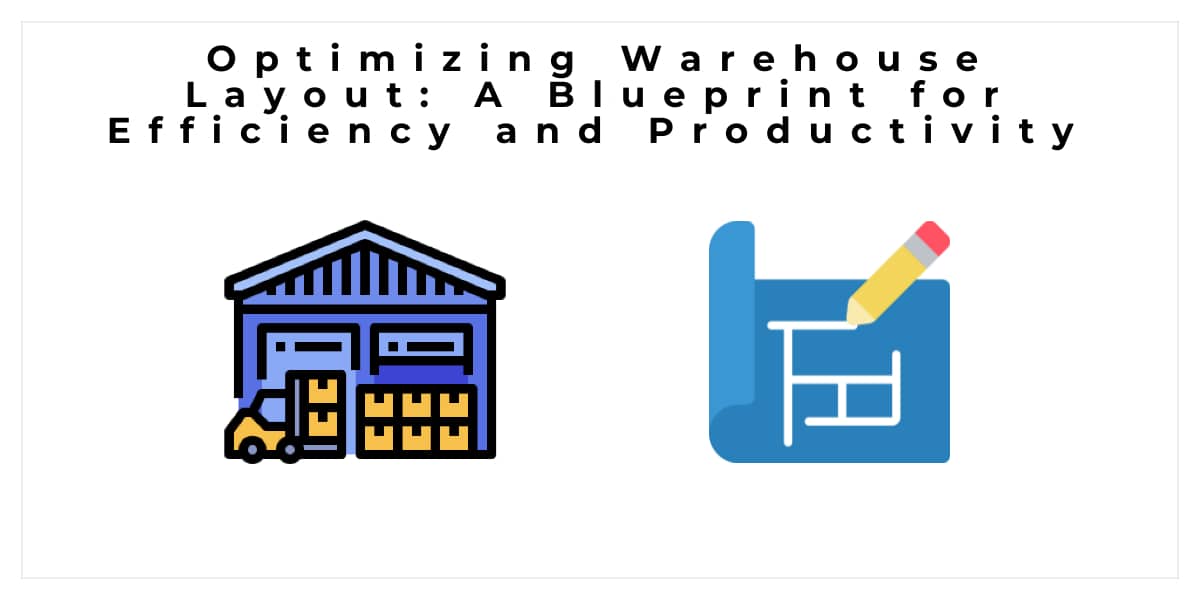Warehouse layout plays a pivotal role in the seamless functioning of supply chain operations, directly impacting efficiency and productivity. An optimized warehouse layout is not just about maximizing space but also about strategically organizing resources to streamline workflows. In this article, we will delve into the key principles of warehouse layout optimization and explore how businesses can enhance their operations.
Optimizing Warehouse Layout for Efficiency and Productivity
Understanding Warehouse Layout Objectives
The first step in warehouse layout optimization is identifying the primary objectives. Whether it's maximizing storage capacity, minimizing travel distances, or improving overall workflow, businesses must align these goals with their broader operational strategies. Considering the specific needs of the business and the nature of stored products is crucial in establishing a tailored layout plan.
Analyzing Warehouse Space and Layout Constraints
A comprehensive assessment of available warehouse space is essential. Understanding dimensions, structural limitations, and access points helps in designing a layout that maximizes space utilization. Identifying constraints such as fixed fixtures or immovable pillars allows businesses to plan around them and potentially make modifications for enhanced flexibility.
Product Classification and Storage Planning
Efficient product classification and storage planning are pivotal for an organized warehouse. Classifying inventory based on factors like frequency of access, product dimensions, and storage requirements enables the designation of specific storage areas. Implementing appropriate storage methods, such as pallet racking or shelving units, ensures compatibility and accessibility.
Material Flow and Workflow Optimization
Mapping the material flow within the warehouse helps identify bottlenecks and inefficiencies. Redesigning the material flow to minimize travel distances, reduce congestion, and optimize picking and packing processes enhances overall efficiency. Aligning the workflow with the order fulfillment process and product movement patterns is essential for seamless operations.
Aisle Width and Layout Design
Determining appropriate aisle widths based on equipment size, product dimensions, and traffic patterns is critical. Designing aisle configurations that facilitate efficient movement, such as one-way traffic systems and designated crossing areas, ensures a smooth flow. The use of aisle markers, signage, and safety barriers enhances safety and prevents accidents.
Equipment Utilization and Placement
Evaluation of material handling equipment types and quantities informs the optimal placement for reduced travel distances. Consideration of automated storage and retrieval systems (ASRS), as well as other automated warehousing solutions, for high-volume or specialized storage needs can further enhance efficiency. Integrating cutting-edge automation technologies into the warehouse layout contributes to a more streamlined and responsive operation, ultimately boosting productivity.
Safety and Ergonomics in Warehouse Layout
Integrating safety considerations into layout decisions is paramount. Clear aisle markings, proper lighting, and adequate safety equipment contribute to a safe working environment. Designing layouts that adhere to ergonomic principles minimizes strain on workers, fostering a healthier and more productive workforce.
Continuous Improvement and Adaptability
Establishing a process for continuous monitoring and evaluation of warehouse layout effectiveness ensures ongoing optimization. Regular reviews identify areas for improvement, and maintaining flexibility accommodates future growth, new technologies, and evolving operational requirements.
Conclusion
Optimizing warehouse layout is an integral part of achieving efficiency and productivity in supply chain operations. By understanding the specific objectives, analyzing space constraints, and implementing strategic planning, businesses can create a warehouse layout that not only maximizes space but also enhances overall operational effectiveness. Emphasizing safety, ergonomics, and adaptability ensures a holistic approach to warehouse layout optimization, contributing to a robust and agile supply chain. As businesses embark on this journey, seeking expert advice and guidance becomes crucial for a successful implementation of warehouse layout optimization strategies.














